Automation in MLOps deployment strategies
Fully Automated MLOps

Arturo Opsetmoen Amador
Senior Consultant - Machine Learning
Model deployment - prediction service
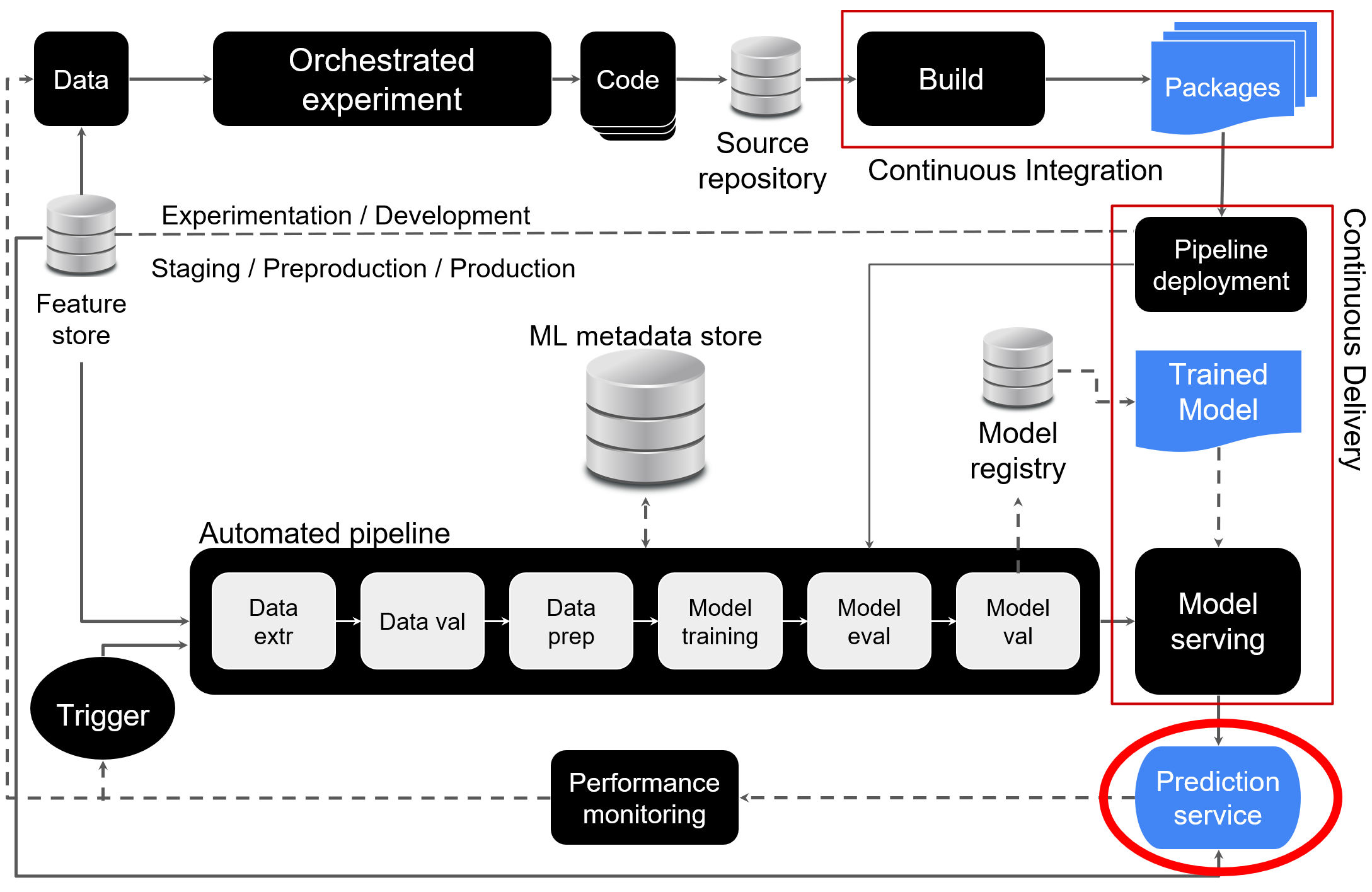
Prediction services - modes recap
Predictions can be served in:
- Batch
- Streams
- Real-time
- On-the-edge
Prediction service - batch serving
$$
- Large number of predictions
$$
- Periodic schedules
$$
- Event triggered
$$
$$
$$

Prediction service - streaming serving
$$
- Continuously incoming data
$$
- Continuously delivered predictions
$$
$$
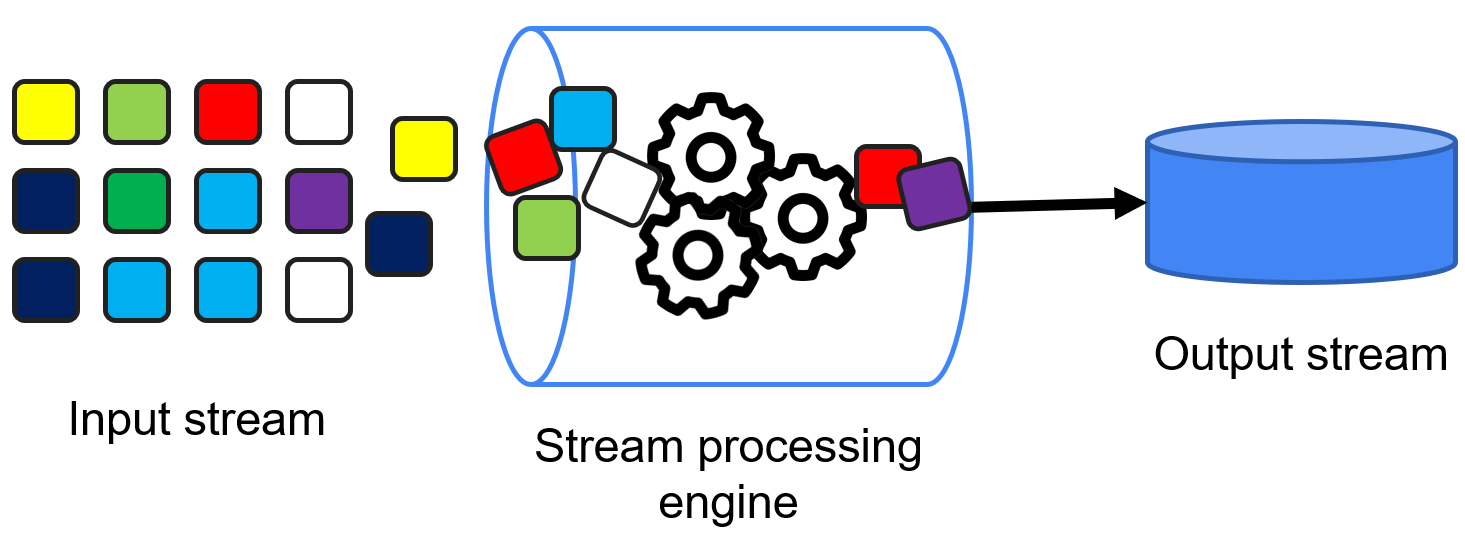
Prediction service - real time
$$
- Single record
$$
- Instant predictions
$$
$$

Prediction service - on the edge
$$
- Mobile devices
$$
- IoT devices
$$
- Reduced latency
$$
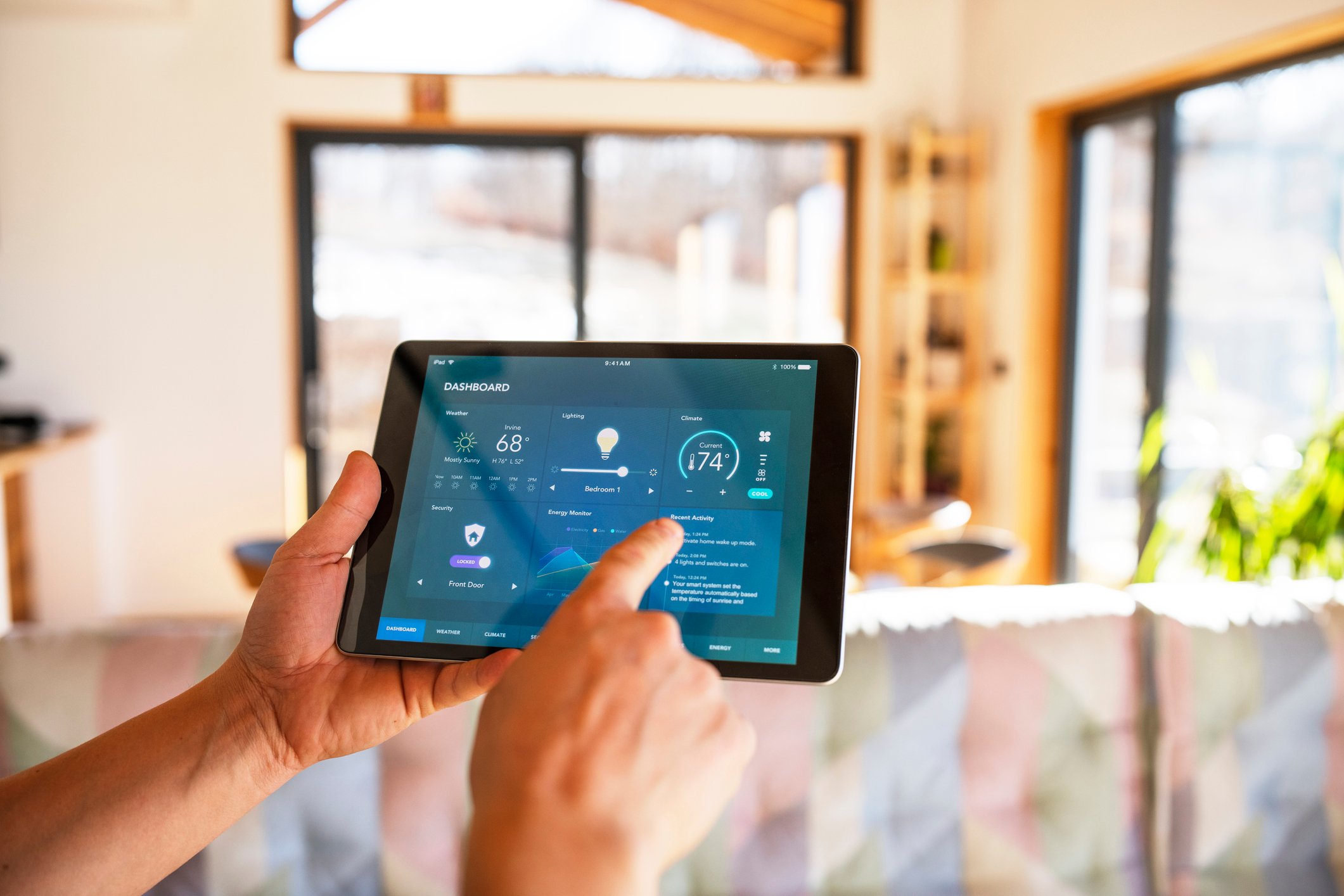
Deployment strategies
$$
ML serving types determines how we should deploy and update our prediction services
Model deployment strategies include:
- Shadow deployment
- Canary deployment
- A/B testing
- Blue/Green
A/B testing
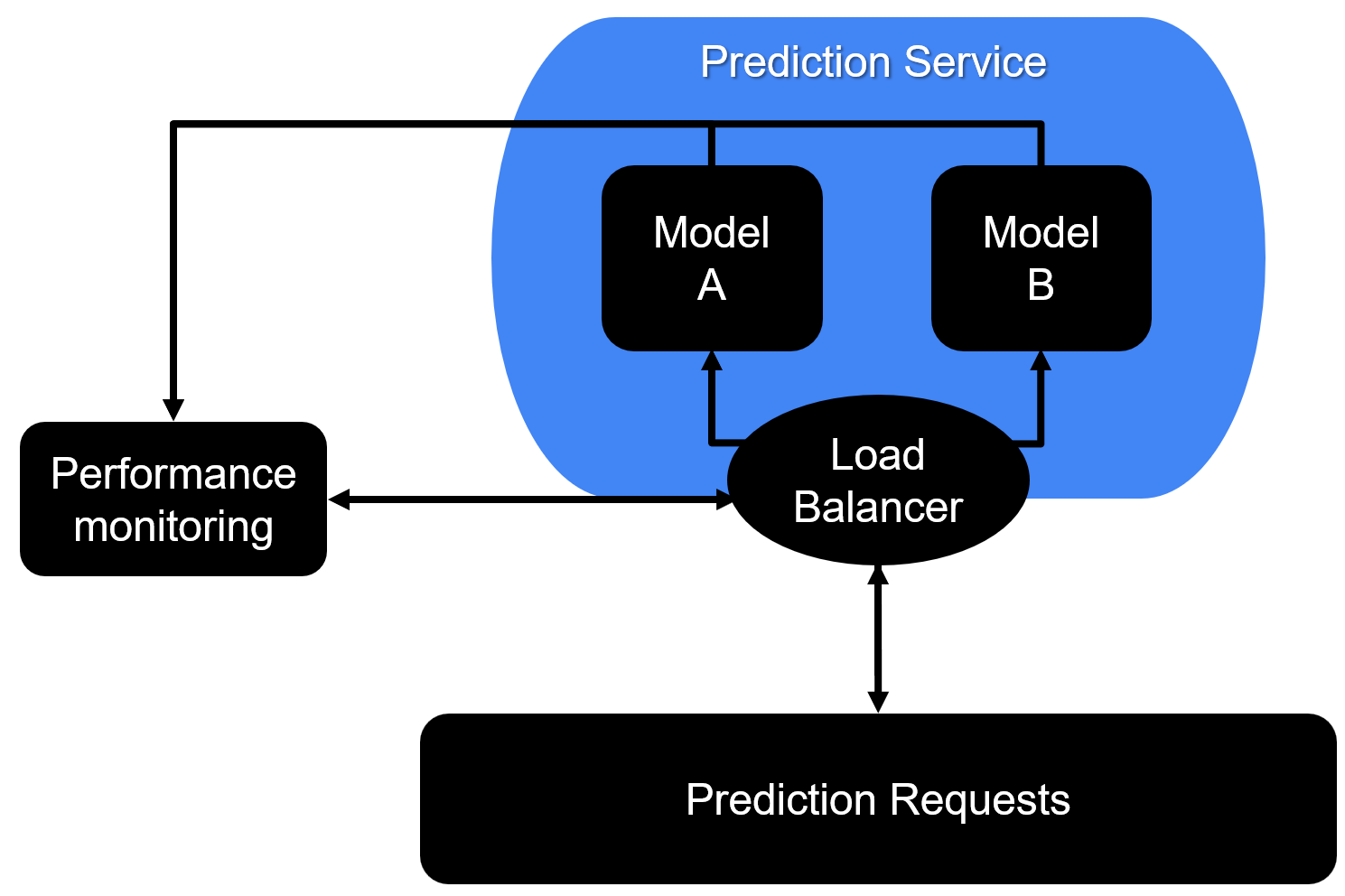
A/B testing
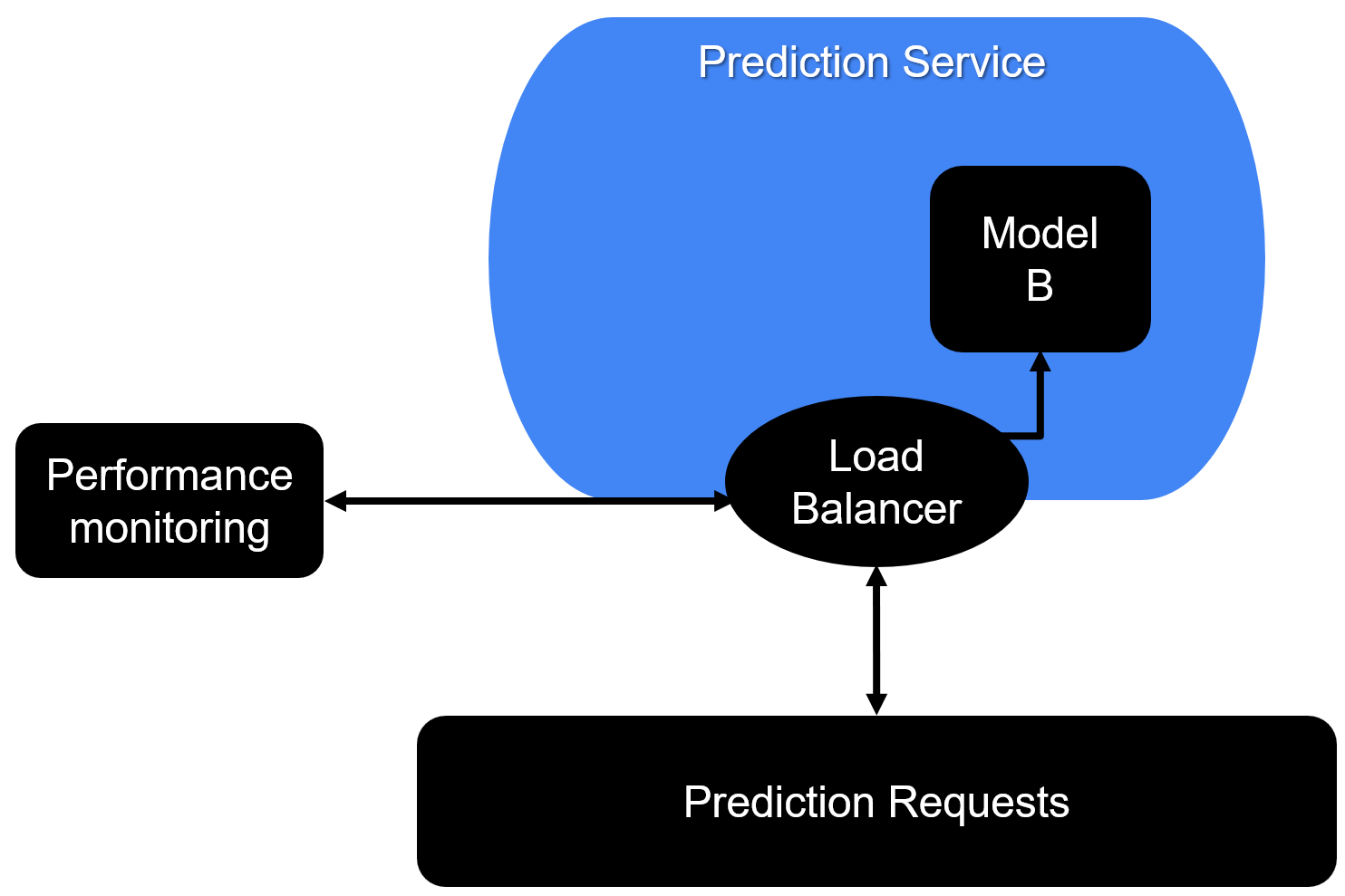
Shadow deployment
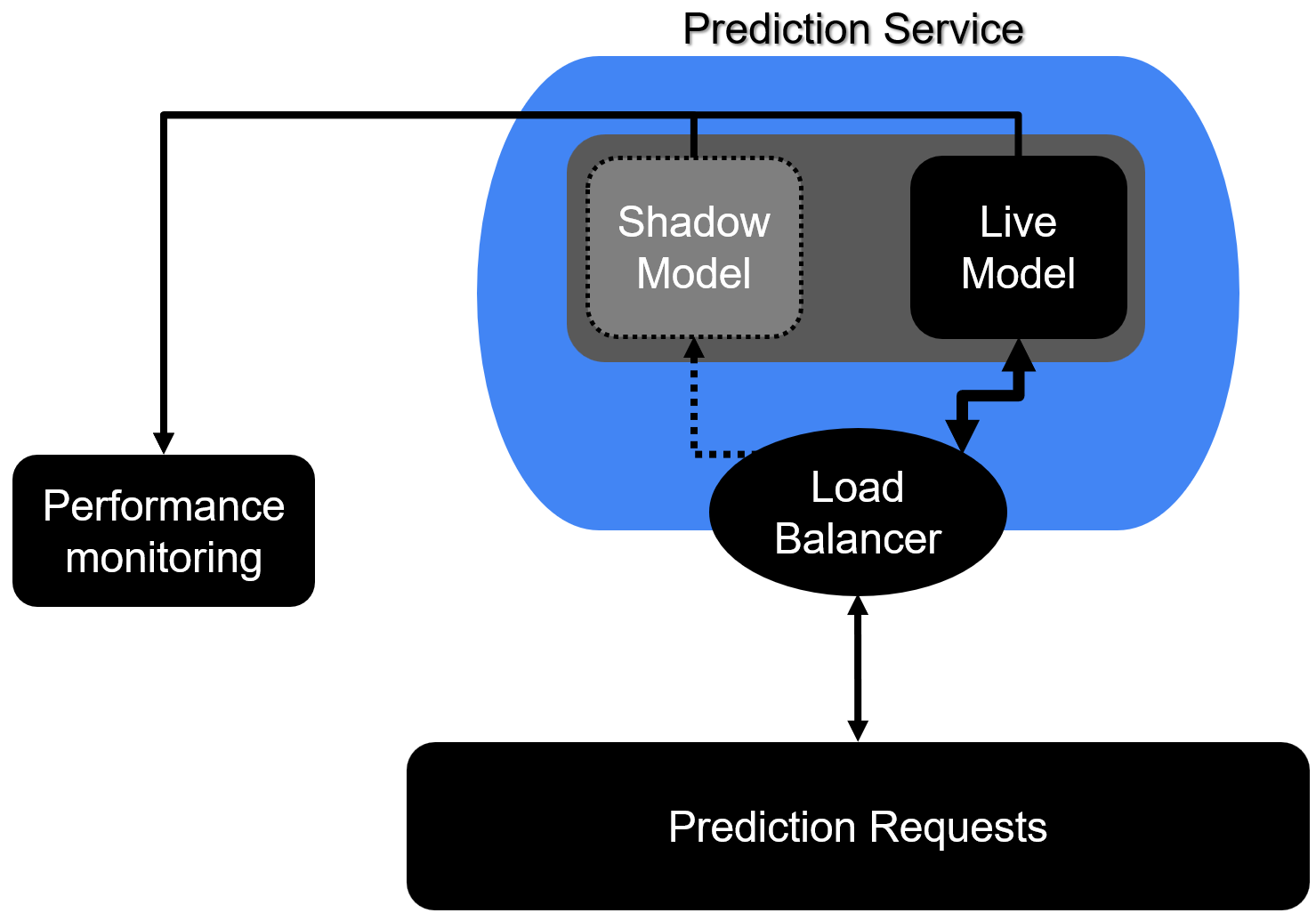
Blue/Green deployment
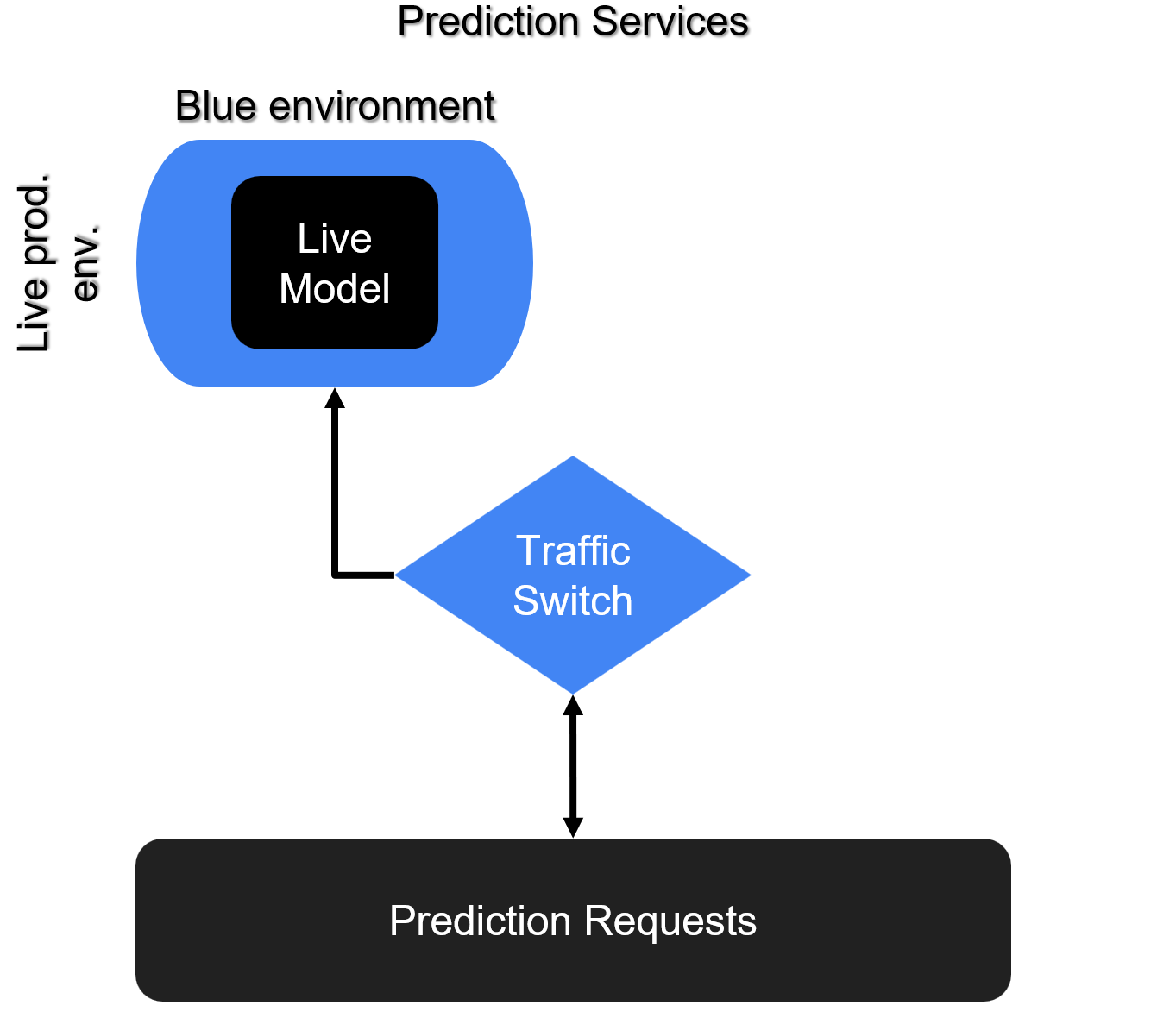
Blue/Green deployment
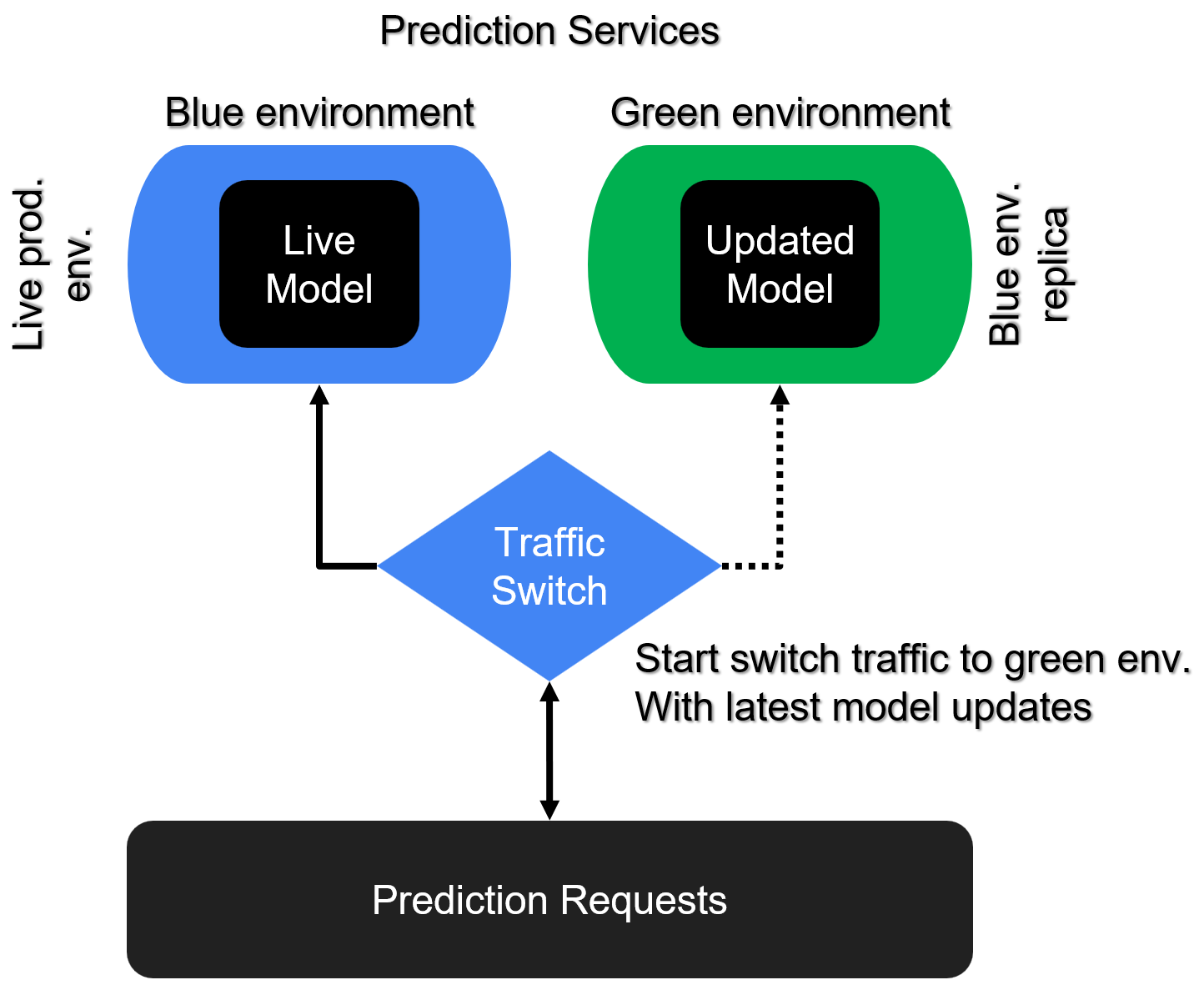
Blue/Green deployment
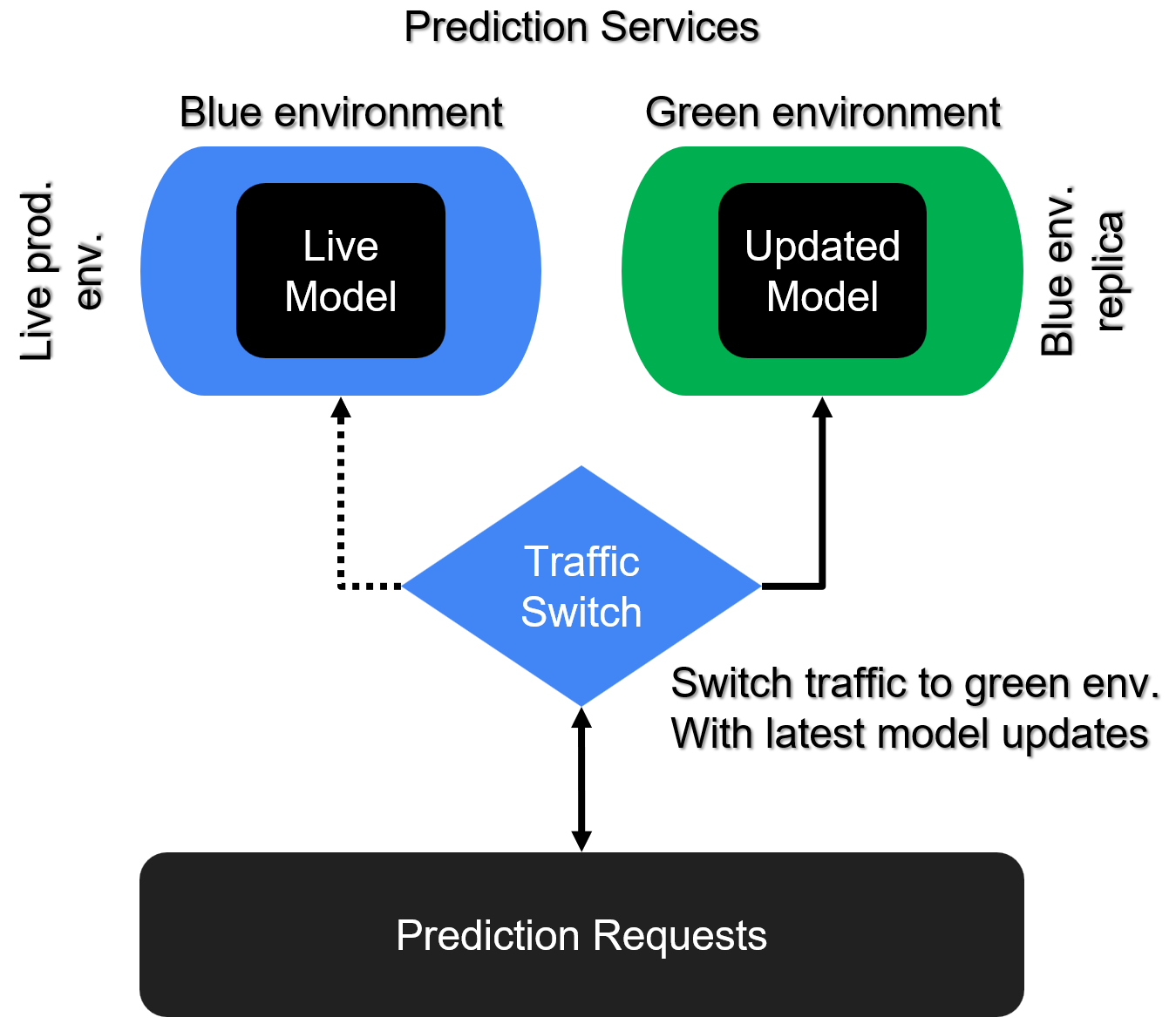
Blue/Green deployment
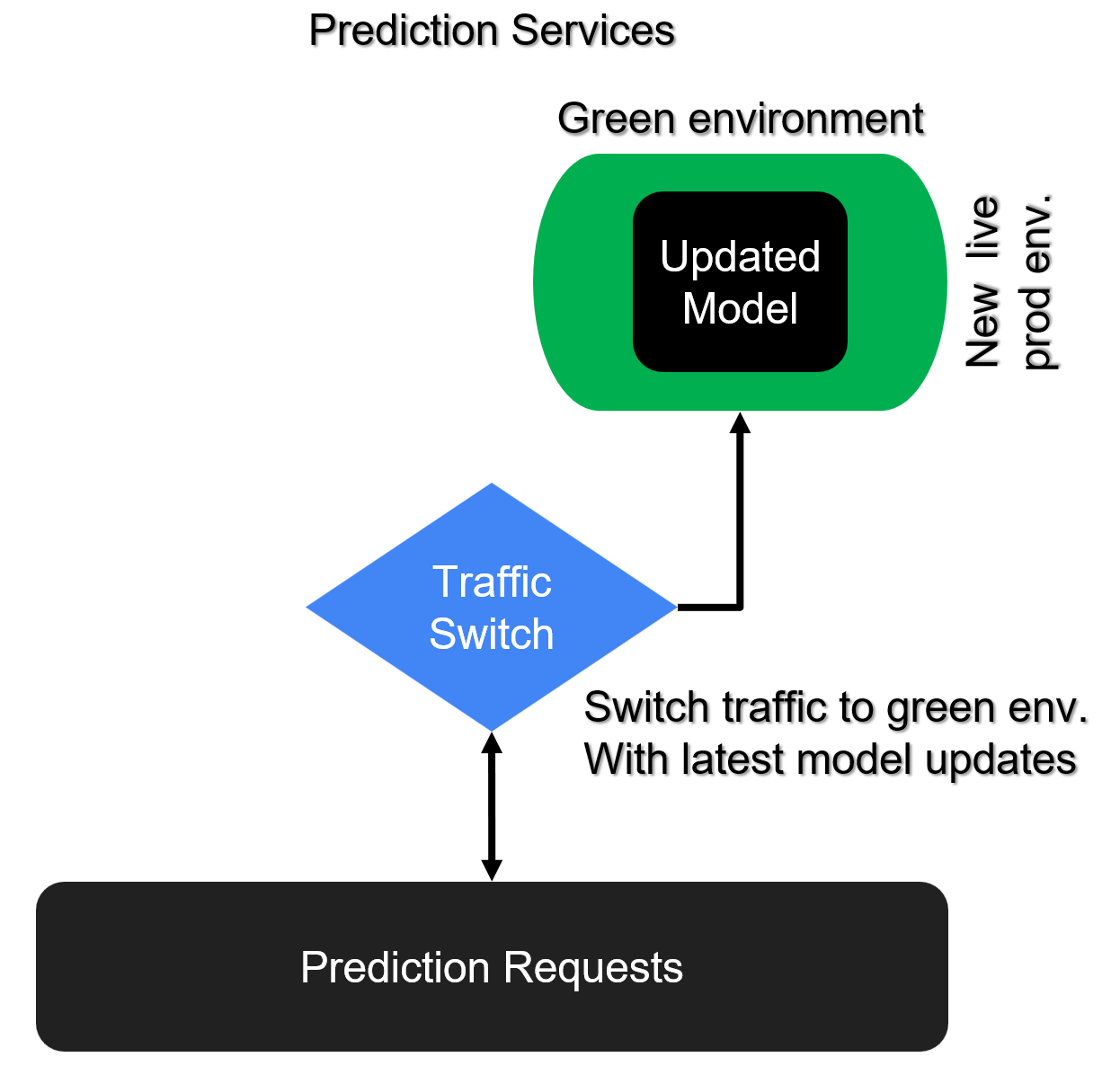
Deploying and updating prediction services
$$
Model type determines deployment strategy

Let's practice!
Fully Automated MLOps

